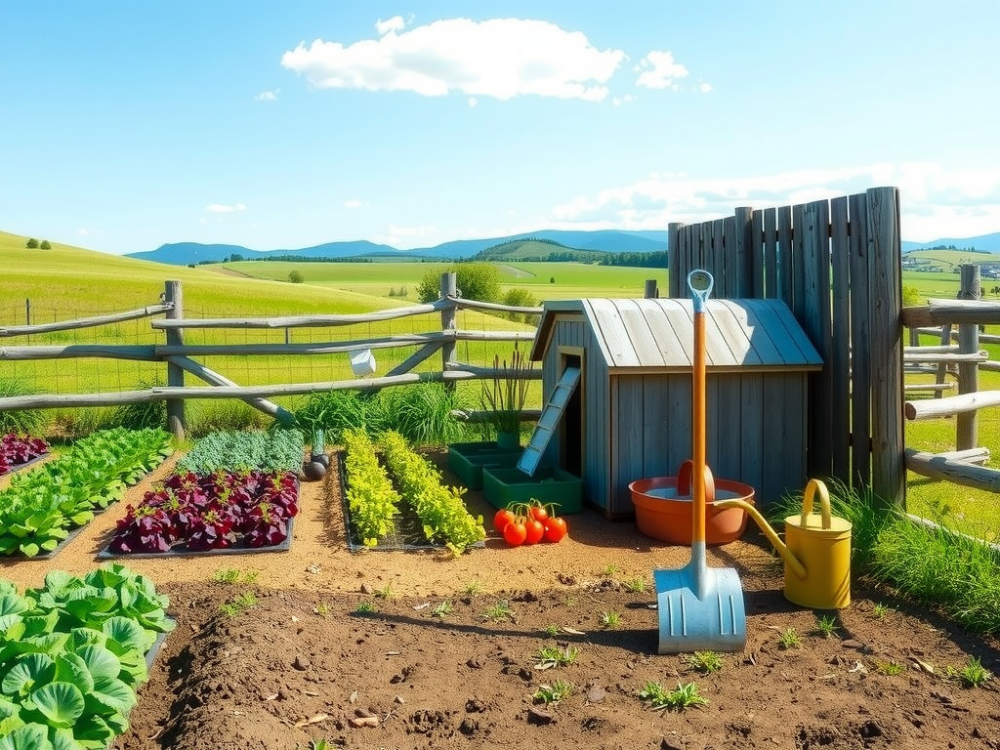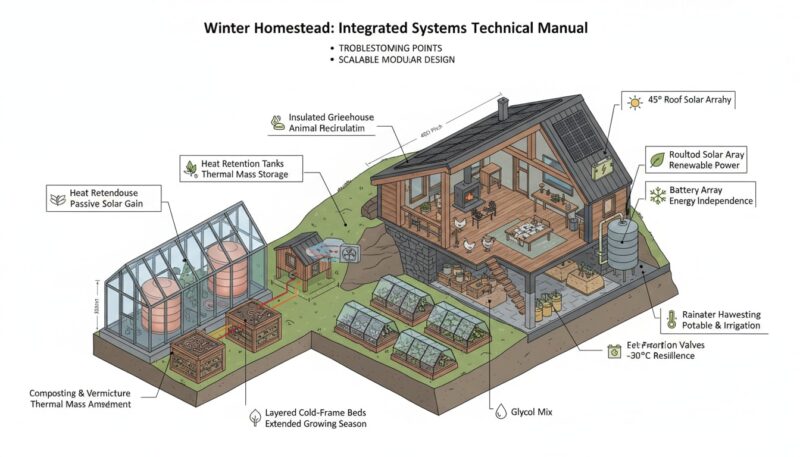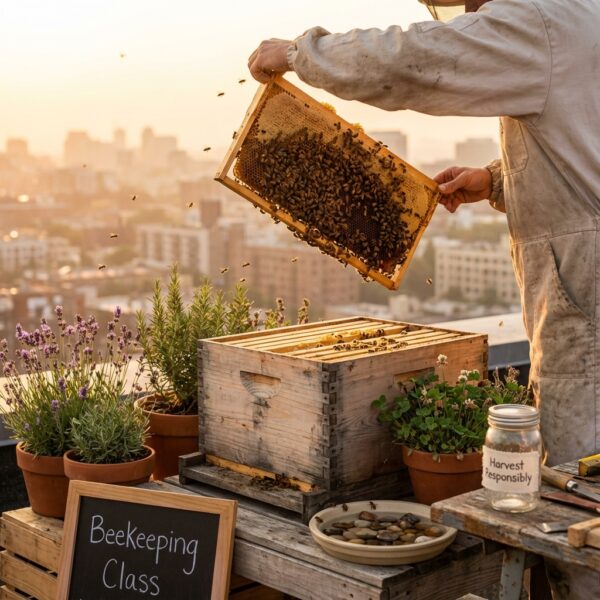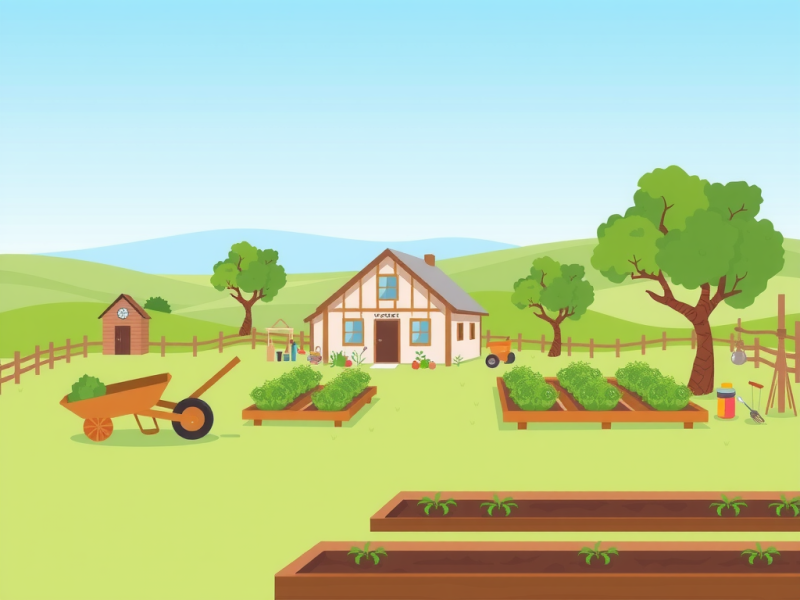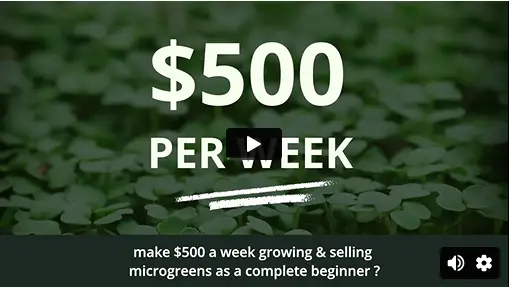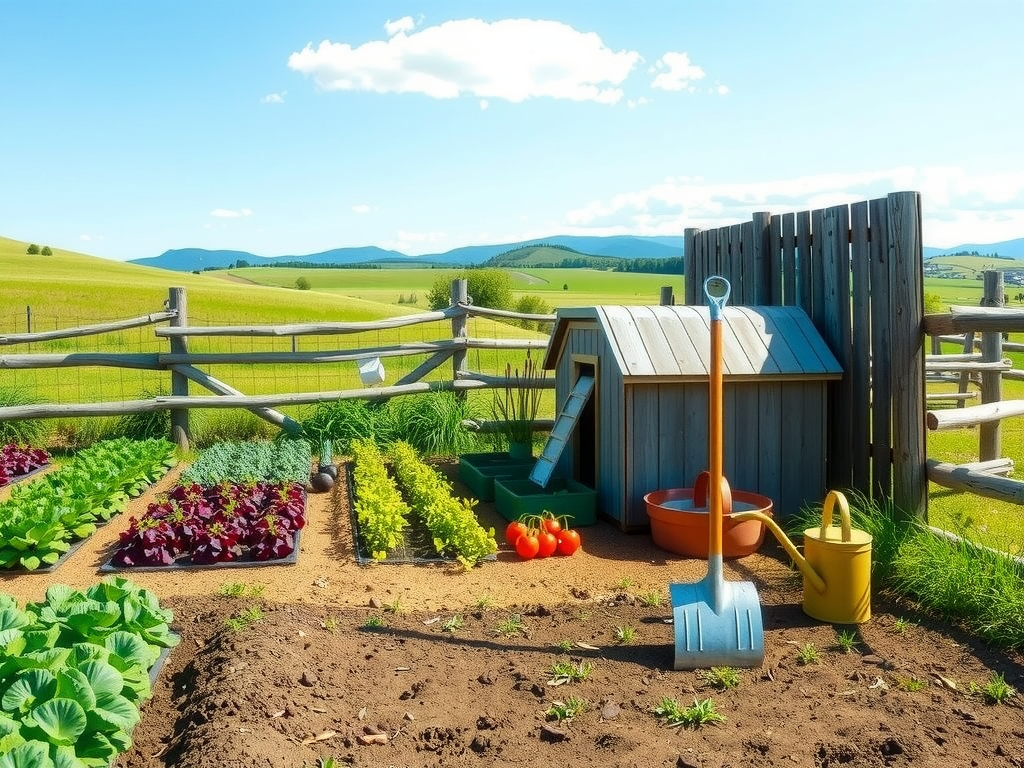
Diving into homesteading can absolutely change your lifestyle for the better! This enriching journey is all about self-sufficiency and embracing sustainable living. If you’re just starting out, there are plenty of homesteading skills you can pick up that fit seamlessly into your daily routine.
Take gardening, for example; even if you’re short on space, container gardening allows you to grow fresh vegetables right on your balcony.
Plus, mastering food preservation techniques like canning and fermenting makes your home feel more self-reliant— and it’s a lot of fun too! So, roll up your sleeves and dive into some DIY projects as you embark on your self-sufficiency adventure!
Self-Sufficiency: The Heart of Homesteading
Self-sufficiency serves as the heartbeat of homesteading, enabling you to grow your own food and reduce reliance on commercial systems.
Embracing sustainable living practices sets the stage for a more eco-friendly lifestyle.
Utilizing local resources like community gardens and farmers’ markets not only provides fresh produce but also offers opportunities to connect with others on a similar journey.
For those living in urban areas, integrating self-sufficiency into your life can be simple! Here are some ideas:
Getting Started with Essential Skills
- Begin with gardening: Start small! Use containers or small plots to grow your favorite vegetables.
- Explore food preservation: Techniques like canning, fermenting, and freezing can help you extend the lifespan of your homegrown goods.
- Start composting: This practice is perfect for turning waste into nutrient-rich soil while reducing landfill contributions.
Developing More Skills for Self-Reliance
- Experiment with DIY projects: Consider making your own cleaning supplies and experimenting with sewing.
- Raise small livestock: If you have the space, backyard chickens provide fresh eggs, while rabbits can offer meat.
- Basic carpentry: Learning some carpentry skills enables you to build fences or simple structures for various uses.
Nourishing Your Knowledge
Foraging is another way to boost your self-sufficiency. Understanding local edible plants and herbs can add exciting flavors to your meals—and it’s free! Developing home cooking skills from scratch, including baking bread and making your own fermented foods, enhances your culinary repertoire.
Indoor gardening, using techniques like microgreens or hydroponics, provides you with greens year-round, even during the colder months. Plus, it’s essential to study first aid and emergency preparedness skills to enhance your overall self-sufficiency.
As you embark on your homesteading journey, remember that small changes lead to a more sustainable, resilient lifestyle. Enjoy the process and embrace each skill you acquire!
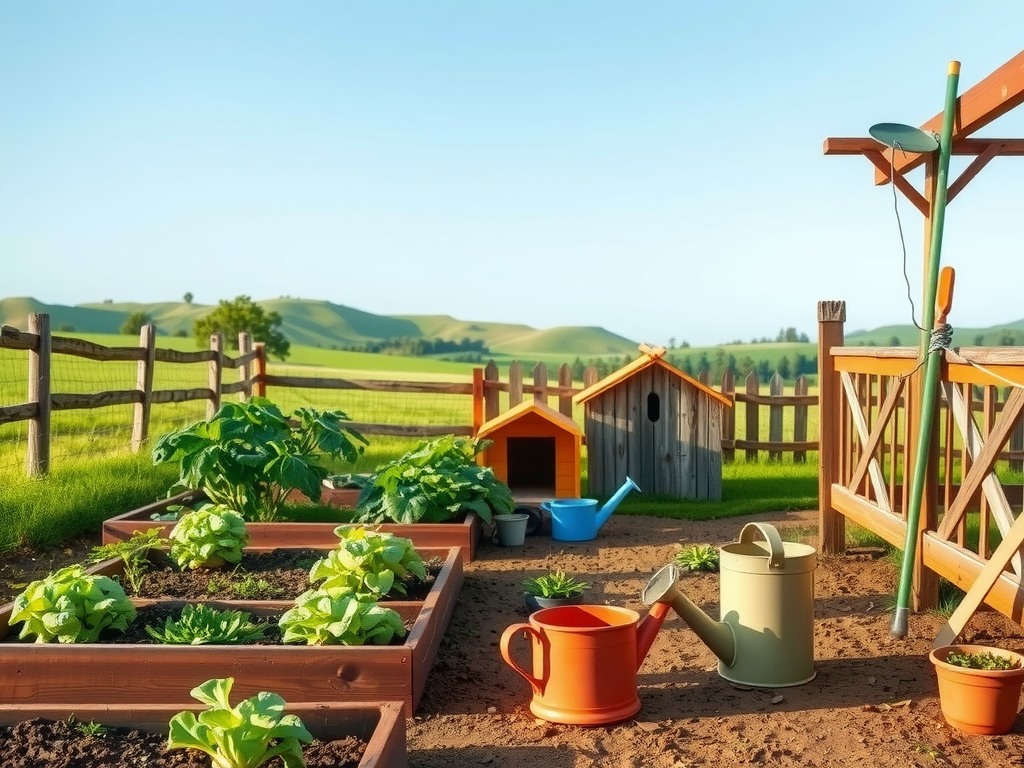
How To Start Container Gardening
Embarking on a container gardening journey not only maximizes your available space but also adds a touch of greenery to your surroundings. Begin by selecting plants that thrive in smaller environments, like tomatoes, peppers, and herbs.
These choices are not just space-efficient; they flourish under proper care.
A practical tip for ensuring your plants do well is to mix potting soil with compost.
This combination creates nutrient-rich soil that supports optimal growth. Make sure to position your containers where they’ll soak up plenty of sunlight, and don’t forget to water them regularly.
These simple practices will elevate your container gardening experience!
Tips For Creating Vegetable Plots
Taking your gardening skills up a notch means delving into the world of vegetable plots. Begin by understanding the importance of crop rotation for maintaining soil health.
This technique prevents nutrient depletion and helps keep pests away.
When plotting your garden, think about the benefits of companion planting.
Mixing plants that support each other, like tomatoes and basil, can boost pollination and improve growth quality, enriching your gardening experience.
Understanding Crop Rotation
Crop rotation is not just a practice—it’s a sustainable approach that rejuvenates your garden soil. By rotating what you plant in each section, you help maintain its health and fertility.
The Benefits of Companion Planting
- Improved growth: Certain plants help each other thrive.
- Pest control: Some combinations naturally deter pests.
- Efficient space use: Maximize your plot with wise pairings.
By optimizing both crop rotation and companion planting, you contribute to a healthier garden ecosystem, while enjoying the fruits of your labor as you cultivate a sustainable living space.
Container Gardening and Vegetable Plots
- Container gardening can increase yield by up to 30% compared to traditional gardening methods.
- Crop rotation can reduce soil-borne diseases by up to 90% when practiced consistently.
- Companion planting can enhance growth rates by as much as 20% for certain plant combinations.
- Herbs like basil can improve the flavor and growth of neighboring plants, such as tomatoes.
What Is Food Preservation Techniques
Food preservation techniques are essential for anyone looking to embrace sustainable living and reduce waste in their kitchen. By using different methods, you can extend the life of fresh produce and minimize spoilage, making the most of what you have.
Beyond classic canning, consider dehydrating food, a technique that not only retains nutrients but also reduces bulk.
When deciding which method is right for you, keep in mind the type of food you’re preserving.
For example:
- Herbs and fruits are excellent candidates for dehydration.
- Vegetables can be frozen to maintain their flavor and nutrition.
- Pickling is perfect for cucumbers and other crunchy produce.
Also, consider the storage space you have available, as some techniques might need more room than others. Embracing these practices supports a resilient lifestyle and allows you to enjoy seasonal flavors year-round. Whether you’re diving into composting or gardening, food preservation is a key part of the journey toward self-sufficiency.
Exploring Canning And Fermenting Methods
Diving into canning and fermenting offers a delightful way to enhance your food preservation routine. These methods connect beautifully to the earlier discussion on food preservation and enrich your culinary experience. Fermented foods, like kimchi and yogurt, come packed with health benefits, including improved gut flora and better digestion. If you’re just starting out with fermentation, here’s a simple recipe for homemade pickles:
- Pack cucumbers into a clean jar.
- Mix water with salt to create a brine, then pour it over the cucumbers.
- Add garlic and dill for extra flavor.
- Seal the jar and let it sit for a week, then enjoy!
As you explore these methods, feel free to experiment with different vegetables and spices to discover your favorites. This hands-on approach not only enhances your kitchen skills but also aligns with sustainable practices. Plus, it builds a deeper connection to where your food comes from, paving the way for a fulfilling homesteading journey.
Food Preservation Techniques
- Dehydrating food can reduce weight and volume by up to 90%, making storage more efficient.
- Freezing vegetables can preserve their nutritional value for up to 12 months.
- Fermented foods can increase the bioavailability of nutrients and improve gut health.
- Pickling can extend the shelf life of produce for several months, depending on the method used.
The Benefits Of Freezing And Composting
Maximizing food sustainability is all about smart storage and disposal practices. Freezing seasonal produce stands out as a fantastic way to extend its life, allowing you to enjoy summer’s bounty throughout the year.
Not only does freezing help prevent waste, but it also preserves essential nutrients and flavors.
Simple methods like blanching vegetables before freezing can make a big difference in taste and texture.
Composting takes a different approach by transforming kitchen scraps into nutrient-rich soil. This sustainable practice not only enhances soil health but also significantly reduces landfill waste.
For those with small spaces, consider a compact compost bin as a practical solution. Backyard gardeners can layer greens and browns to create an effective compost mix that will make your garden thrive.
Just think of it as giving back to the earth!
Raising Backyard Chickens For Beginners
Starting your adventure with backyard chickens opens up a world of self-sufficiency.
Fresh eggs from your own hens not only enhance your meals but also reduce your reliance on store-bought eggs.
Chickens naturally help control pests, which keeps your garden healthy and productive.
When it comes to choosing chicken breeds, focus on friendly options like the Sussex or Orpington, perfect for beginners.
These breeds are not only easy to care for but often lay a plentiful supply of eggs. Setting up a simple coop ensures your chickens have a safe space to thrive and contribute to your sustainable living journey.
Remember, each step you take towards raising chickens adds to your self-sufficiency skill set!
Freezing and Composting
- Freezing can preserve up to 90% of the nutrients in fruits and vegetables compared to fresh produce that may spoil.
- Composting can reduce household waste by up to 30%, diverting organic materials from landfills.
- Chickens can eat kitchen scraps, reducing food waste while providing fresh eggs and natural pest control.
- Each backyard chicken can lay approximately 250-300 eggs per year, contributing to a sustainable food source.
Essential Skills For DIY Projects And Repairs
Mastering essential skills can really redefine your home improvement journey, enhancing both self-sufficiency and confidence. Learning basic repair skills offers a fantastic way to save money and empowers you to tackle various DIY projects with ease.
Start small by investing in affordable tools sourced from local thrift stores or garage sales; this can significantly cut costs.
Connecting with others can make a world of difference.
Consider joining online community groups where you can share tips and exchange materials.
Building skills in areas like basic carpentry or food preservation techniques—such as canning and freezing—can transform your living space and provide a sense of accomplishment.
Embrace these practical skills, and watch your self-reliant lifestyle flourish as you improve your home!
Gardening and Food Preservation
Starting with gardening is a fantastic way to embrace self-sufficiency. Using containers or small plots to grow your own vegetables can be both rewarding and practical.
You’ll find that learning food preservation techniques like canning, fermenting, and freezing extends the lifespan of your homegrown goods, allowing you to enjoy your harvest long after the growing season ends.
Composting and Soil Health
Composting is another essential skill that converts waste into nutrient-rich soil, fundamental for healthy plants. This practice minimizes waste while enhancing soil quality, aligning perfectly with sustainable living principles.
Building soil health is key to a thriving garden.
DIY Skills for a Self-Reliant Lifestyle
Exploring your creativity through DIY skills can significantly reduce household expenses.
By making your own cleaning supplies or even sewing, you’re taking steps toward a more sustainable lifestyle.
If you have the space, consider raising small livestock like chickens for fresh eggs or rabbits for meat.
Basic carpentry skills can empower you to build fences or simple structures that enhance your backyard.
Foraging and Wild Foods
Foraging is a fun way to connect with nature while learning about edible wild plants and herbs. It introduces free, nutritious food options while building your plant knowledge and expanding your pantry naturally.
Emergency Preparedness and First Aid
Don’t overlook the importance of emergency preparedness! Studying basic first aid and emergency skills enhances self-sufficiency, especially if you live in remote areas.
These skills can be pivotal in unexpected situations, ensuring you’re equipped to handle more than just DIY projects.
So, whether you’re diving into homesteading or just looking to improve your home skills, taking these practical steps will set you on a path towards a more sustainable, self-sufficient lifestyle. Feel the sense of accomplishment that comes from learning these essential skills and watch your confidence grow!
DIY Skills
- Learning basic DIY skills can save homeowners an average of 20% on repair costs.
- Gardening can reduce grocery bills by up to 30% when growing your own vegetables.
- Composting can divert up to 30% of household waste from landfills, enhancing soil health.
- Emergency preparedness training can increase confidence in handling crises by 50% among participants.

